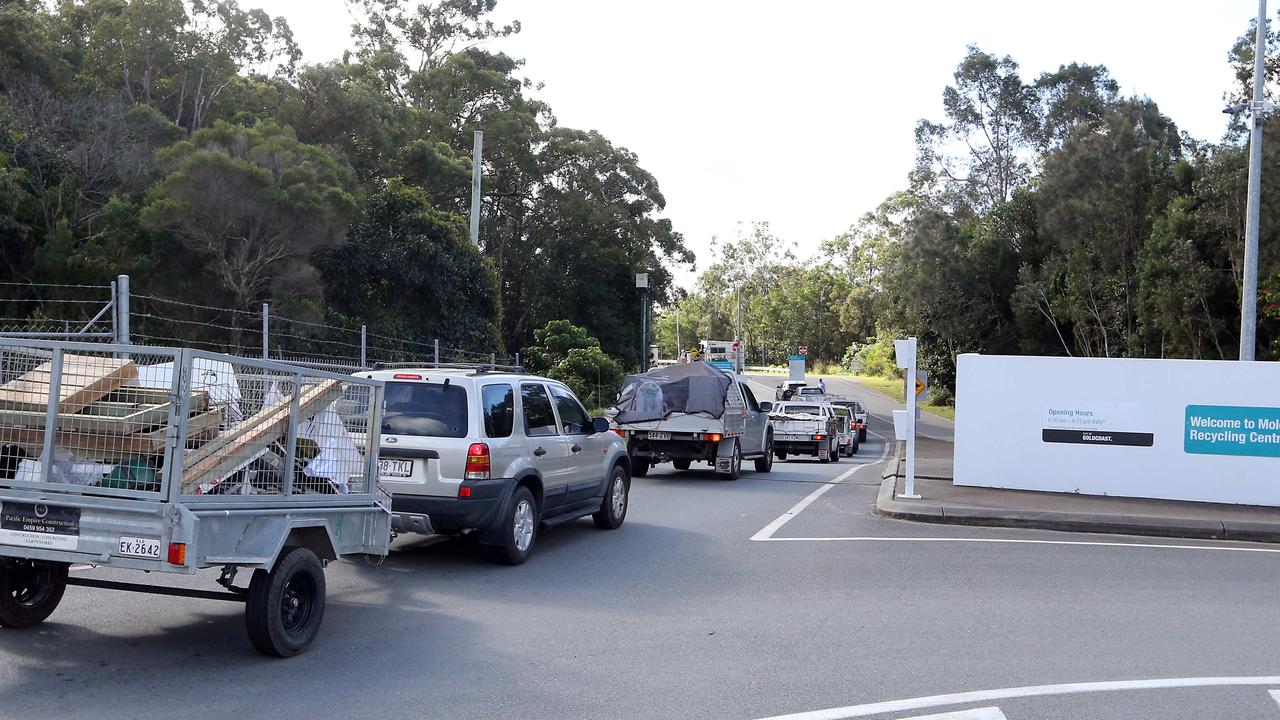Gold Coast City lobbying sparks increased resources to fight fire ant invasion
The campaign to wipe out fire ants from the Gold Coast has been ramped up after warnings it was falling behind and unable to meet a 2032 “eradication” deadline.
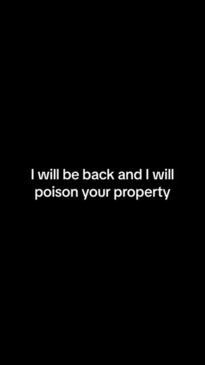
Council
Don't miss out on the headlines from Council. Followed categories will be added to My News.
The campaign to eradicate fire ants has been stepped up after Gold Coast City Council warned it was falling behind in the fight and unable to meet a 2032 “eradication” deadline.
The Bulletin has obtained the council’s submission to the Senate inquiry which says the city’s infestations increased from 17 suburbs to 76 from 2016 to 2023.
Mayor Tom Tate in the submission said the Fire Ants Response plan had failed in those areas impacted by the pest.
The eradication zone has reached the Tallebudgera Valley. The scheduling of only two treatments in the 5km eradication zone in the Gold Coast was below industry standards with three required annually.
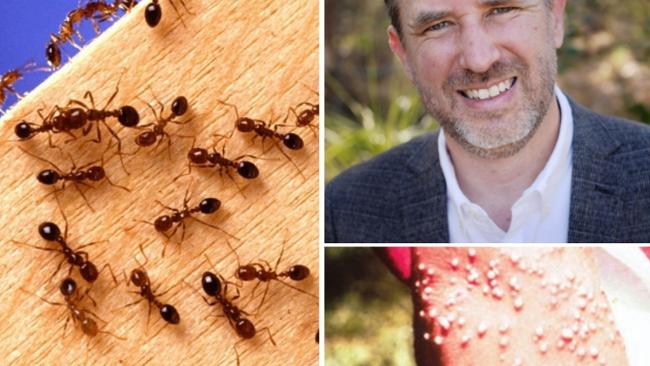
Expanding the treatments along with the area from 5kms to 10kms would help, Mr Tate said.
Lifestyle committee chair Glenn Tozer when approached for an update since the Mayor’s submission late last year said the treatments from the national program had increased to three.
“Since the Mayor’s submission, we have observed significant progress in the National Fire Ant Eradication Program (NFAEP),” he said.
New mapping shows the current National Fire Ant Eradication Strategy operates within the 10km eradication zone and the 5km surveillance zone, he said.
The NFAEP says 100 per cent of targeted properties in the eradication zone would be treated “multiple times”.
The mapping shows the zone on the Coast’s southern border with the treatment area heading northwards.
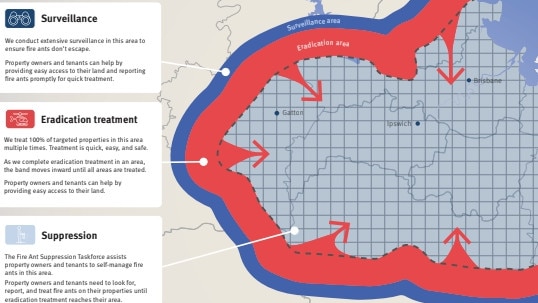
Council’s efforts are focused exclusively on its own land within the suppression zone, extending approximately from Carrara northwards.
“Our understanding is that the NFAEP now conducts three rounds of treatment per year within the eradication zone,” Mr Tozer said.
“The City of Gold Coast fully supports the NFAEP’s eradication efforts, recognising the serious threat that fire ants pose to the Gold Coast way of life.”
National allergy bodies and families in regions infested with red imported fire ants have called for a widespread eradication program to reduce health risks, including severe allergic reactions.
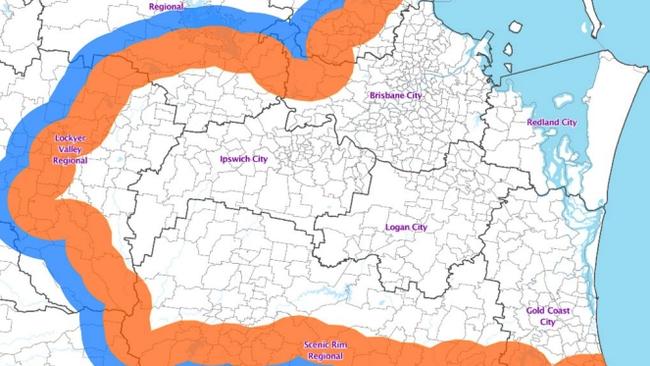
Experts from the National Allergy Centre of Excellence (NACE) and Allergy & Anaphylaxis Australia (A & AA) also addressed the Senate inquiry into the impact of red imported fire ants.
A & AA chief executive officer Maria Said said if fire ants were to become endemic in Australia, up to 174,000 people may develop allergic reactions, which would require medical attention leading to mounting healthcare costs.
“GPs or pharmacists are called on to treat local reactions, while systemic reactions including anaphylaxis require ambulance and hospital care,” she said.
“We also need to consider the impact on quality of life of those who are stung, which can span mental health impacts, disability and premature death in rare cases.”
Mr Tate, in his submission, said if fire ants became established on the Coast it would lead to 194,100 residents being stung each year.
“However, it is the catastrophic risk that sings pose through anaphylactic shock – one per cent of the population is at risk – that would be the greatest cost,” he said.




